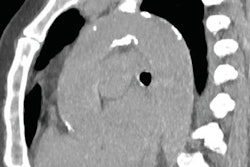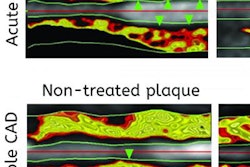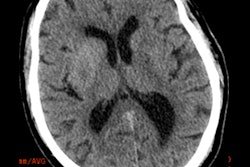Researchers at the University of Edinburgh have confirmed the use of a CT scan and blood test to detect cerebral amyloid angiopathy, which can cause an intracerebral hemorrhage, according to a study published online on 10 January in Lancet Neurology.
By discovering bleeding in the brain through these two tests, clinicians could gather genetic information to help identify people who are at greater risk for future strokes and possibly dementia.
The researchers, led by Dr. Mark Rodrigues, a clinical doctoral fellow at the University of Edinburgh, performed CT scans on more than 100 patients who died following their first intracerebral hemorrhage and collected blood samples to test for the apolipoprotein E (ApoE) gene, which is associated with cerebral amyloid angiopathy.
Of those subjects, 62 participants were found to have lobar intracerebral haemorrhage. Of that total, 36 (58%) findings were associated with moderate or severe cerebral amyloid angiopathy, compared with 26 (42%) cases that were characteristic of no or mild cerebral amyloid angiopathy.
"Identifying the cause of a brain hemorrhage is important to planning patient care," Rodrigues said. "Our findings suggest the combination of routine CT scanning with APOE gene testing can identify those whose intracerebral hemorrhage has been caused by cerebral amyloid angiopathy -- a group who may be more at risk of another intracerebral hemorrhage or dementia."



















